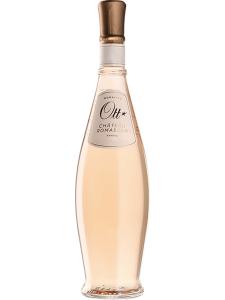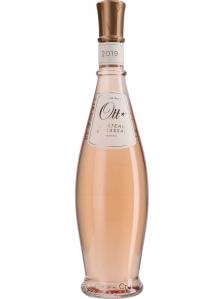Bandol is a key appellation of the Provence wine region in far south-eastern France. Created in 1941, the title covers red, white and rose wines from roughly 3830 acres (1550ha) of vineyards around the Mediterranean coastal town of Bandol. These are spread unevenly across eight communes, with the majority being located just north of Bandol itself, in Le Beausset, La Cadiere-d'Azur, Le Castellet and Evenos.
Throughout Provence, a series of low coastal mountain ranges and ridges creates varied mesoclimates. The warmest are those directly next to the Mediterranean, which also provides a moderating effect. The stretch of coastline that is home to the Bandol and Cassis appellations is a prime example of this. Protected from cold north winds by the Montagne Sainte-Victoire and the Massif de la Sainte-Baume to the north, and the Chaine de Saint-Cyr to the west, the vines here enjoy sheltered, warm growing conditions.
© Emilie Duprat
Bandol is famous for its red wines, which make up the majority of the appellation's output. The identifying feature of a Bandol red is that it has a high proportion of Mourvedre – a required minimum of 50%. Using this quantity of such a spicy, powerful grape variety makes for a very characterful wine – one that would be hard to create in any other area of France. Mourvedre will only ripen reliably in a climate as sunny and hot as that which prevails along the Mediterranean coast.
Grenache is other main component of Bandol red (and rose) wines. It is an earlier-ripening variety and actually risks over-ripeness in the intense climate here, bringing too much potential alcohol to the wines. This has turned out to be less of an inconvenience than it might seem; the local vignerons plant Grenache on the cooler, north-facing slopes and Mourvedre on the warmer, south-facing slopes. Cinsaut is the final key ingredient in Bandol rouge, accompanied by up to 20% Carignan and Syrah.
Bandol roses, which account for about a third of total output, are known for their spicy, earthy character and rank among the more distinguished roses that France has to offer. Like the reds, they are made from a blend that is dominated by Mourvedre, Grenache and Cinsaut. Alexandre Dumas' Count of Monte Cristo famously enjoyed a glass of Bandol rose 'bien frais'.
The appellation's white wines are made predominantly from Clairette (which is required by law to make up 50–90% of any Bandol blanc), bolstered by Bourboulenc and Ugni Blanc, plus a small quantity of Marsanne and Vermentino or the Bordeaux white varieties Sauvignon Blanc and Semillon.
The highly desirable real estate occupied by the Bandol vineyards, coupled with the spread of tourism in the region, means that the greatest threats to the future of Bandol wine are bricks and mortar, rather than climate change or shifting market trends. Holiday resorts and golf courses are already making their mark on the landscape here, occupying sites once covered with vines – particularly to the west of Bandol town itself.



